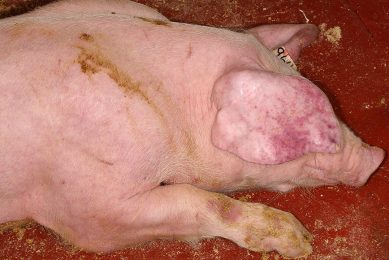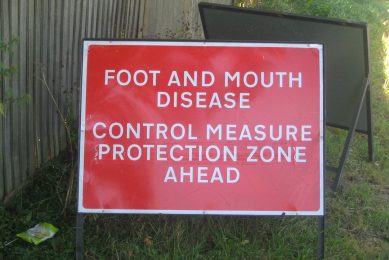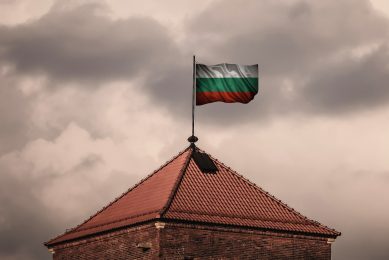Bulgaria to restore border fence to keep FMD out
EU member Bulgaria aims to restore the fence on its Turkish border by October, to prevent animals with Foot-and-Mouth Disease (FMD) from entering the country, the Bulgarian Council of Ministers has decided.
Bulgarian news agency Novinite reports that currently, a fence from the Cold War period covers a mere 28.5 km of the 209.5 km border. The existing fence will be repaired, and a new fence is to be constructed to cover all the rest.
The governors of the three regions through which the territory of the fence will pass, those of Burgas, Haskovo and Yambol, will issue orders for its construction. It will be financed by Bulgaria’s finance ministry and facilitated by the ministry of agriculture.
The new fence must be fully completed by this year October, as FMD is known to spread faster when temperatures are low.
FMD outbreaks
After 12 years without FMD cases in Bulgaria, in late December, the first outbreak was detected near the village of Kosti, not far from the border with Turkey. Up to now, six villages in South East Bulgaria have registered outbreaks of the contagious disease. At the end of March 2011, the agency announced that as many as 700 animals might have to be euthanised to prevent the spread of FMD in Strandzha, triggering mass farmers’ protest rallies and blockades.
In the Cold War period, the Bulgarian-Turkish border was a border between the Warsaw Pact and Nato – and was one of the most-heavily fortified borders in Europe. Since the nineties, Bulgaria has torn down its border fortifications.
The alleged Turkish origin of the Bulgarian outbreak is supported by the close relatedness of the Bulgarian strain to Turkish 2010 FMD virus-serotype O strain.
Related website:











